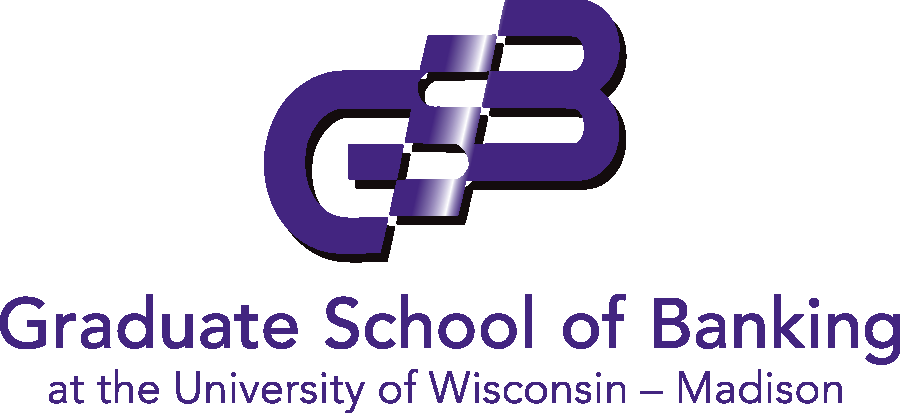Business Financial Statements and Tax Returns – Cash vs. Accrual Accounting Refresher-Fa25
This program provides a refresher for the key issues in determining which method of accounting is being used when reviewing financial statements, and what it means for the analysis process.




